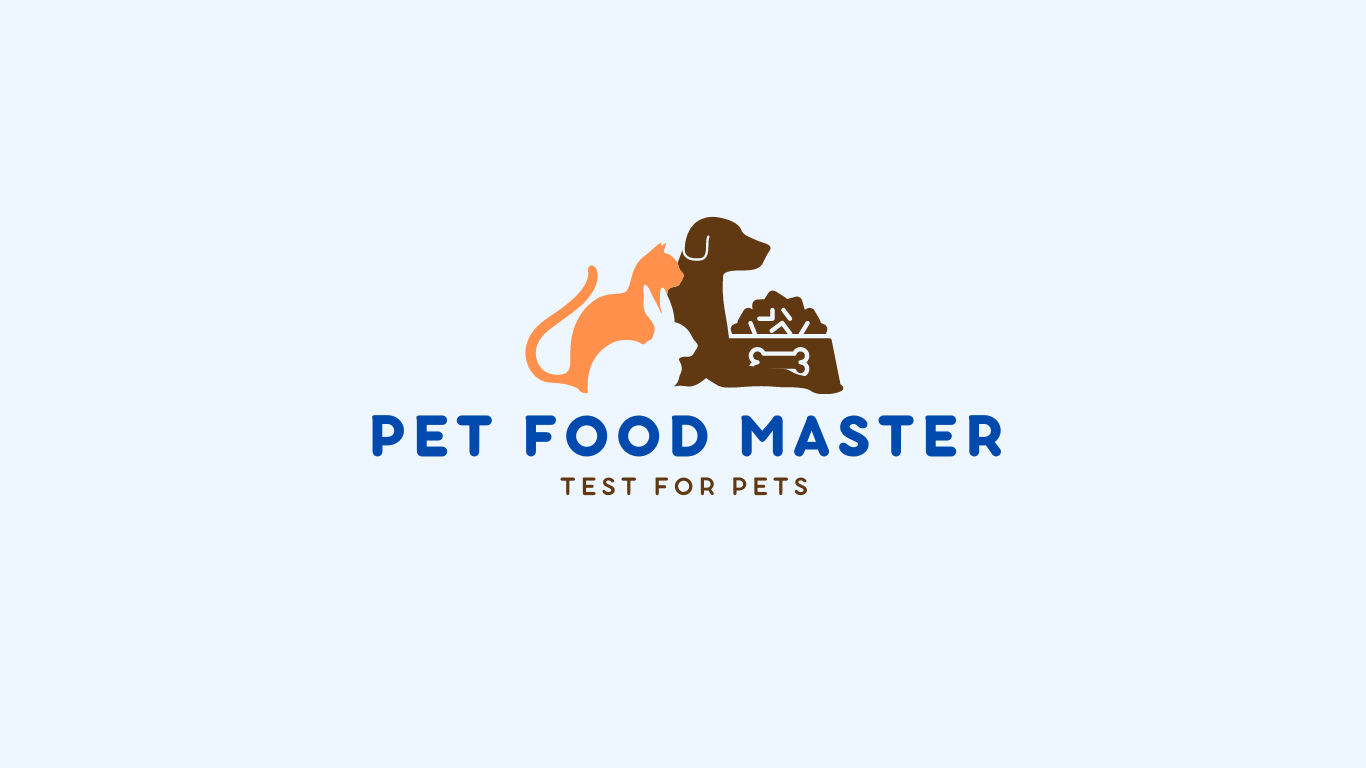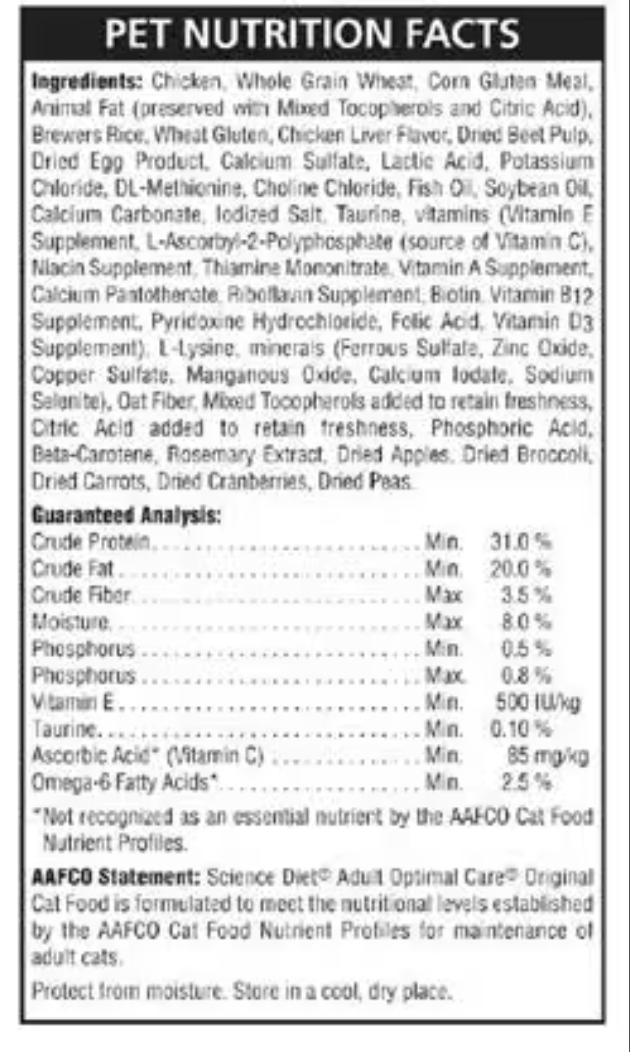Pet food labelling: A Guide for Informed Pet Food Choice
pet food labelling: A Guide for Informed Choice
In today's bustling pet food market, navigating the aisles can feel overwhelming for pet owners striving to provide the best nutrition for their beloved companions. Understanding what goes into your pet's food is paramount for making informed decisions about their diet. In this comprehensive guide, we'll unravel the mysteries of pet food labels, empowering you to make the best choices for your furry friend's health and well-being.
Importance of Pet Food Labels:
Pet food labels serve as windows into the nutritional content and quality of the products we feed our pets. By deciphering these labels, pet owners can gain insights into the ingredients used, the nutritional value provided, and the overall suitability of a product for their pet's needs. This transparency enables pet owners to make choices that align with their pet's specific dietary requirements and preferences, ensuring optimal nutrition and well-being.
Key Components of Pet Food Labels:
Understanding the different sections of a pet food label is essential for making informed choices. Here's a breakdown of the key components:
Ingredients List: This section lists the ingredients used in the pet food, with the most prominent ingredients listed first. Pay attention to the quality and source of ingredients, and watch out for common allergens or unnecessary additives.
Guaranteed Analysis: The guaranteed analysis provides information about the minimum or maximum levels of certain nutrients in the pet food, such as protein, fat, fiber, and moisture. Use this information to assess the nutritional content of the product and ensure it meets your pet's needs.
Nutritional Adequacy Statement: This statement indicates whether the pet food is formulated to meet the nutritional requirements established by recognized authorities, such as the Association of American Feed Control Officials (AAFCO). Look for statements indicating that the food is "complete and balanced" for your pet's life stage.
Feeding Guidelines: Feeding guidelines provide recommendations for serving sizes based on your pet's weight and life stage. Use these guidelines as a starting point and adjust as needed based on your pet's individual needs and activity level.
Understanding Ingredients:
Familiarizing yourself with common ingredients found in pet food is crucial for evaluating the nutritional value and quality of a product. Look for high-quality, whole-food ingredients such as real meats, fruits, and vegetables, and avoid products containing fillers, by-products, and artificial additives. Choosing pet foods with recognizable, wholesome ingredients ensures your pet receives the essential nutrients they need for optimal health and vitality.
Cracking the Guaranteed Analysis:
The guaranteed analysis provides insights into the nutrient content of pet food, helping pet owners assess its nutritional adequacy. Pay attention to the levels of protein, fat, fiber, and moisture, ensuring they align with your pet's dietary requirements. Additionally, consider factors such as your pet's age, breed, and activity level when evaluating the nutritional content of a product.
Nutritional Adequacy Statement:
The nutritional adequacy statement confirms whether the pet food is formulated to meet the nutritional requirements established by AAFCO. Look for statements indicating that the food is suitable for your pet's specific life stage, such as "for all life stages" or "for adult maintenance." Choosing pet foods with a reliable nutritional adequacy statement ensures your pet receives a balanced and complete diet that supports their health and well-being.
Feeding Guidelines:
Feeding guidelines provide recommendations for serving sizes based on your pet's weight and life stage. It's essential to follow these guidelines to prevent overfeeding or underfeeding your pet. Adjust serving sizes as needed based on your pet's individual needs, activity level, and any specific health considerations. Monitoring your pet's weight and body condition can help ensure they maintain a healthy weight and receive the appropriate amount of nutrition.
Conclusion:
Deciphering pet food labels is a vital skill for pet owners striving to provide optimal nutrition for their furry companions. By understanding the key components of pet food labels and evaluating products based on their ingredients, guaranteed analysis, nutritional adequacy, and feeding guidelines, you can make informed choices that promote your pet's health and well-being. Armed with the knowledge gained from this guide, you'll navigate the pet food aisle with confidence, selecting products that meet your pet's specific dietary needs and preferences. Stay tuned for more insights and tips on pet nutrition from Pet Food Master!

